The RAF's largest bomber at the outbreak of war. In 1939 it soon became obsolete due to its slowness and vulnerability. It was then handed over to Airborne Forces, being used for parachute training until superseded by the Albemarle and Dakota. It carried the parachute assault parties for the raid on the Tragino Aqueduct in Italy in 1941 and the Bruneval Raid in February 1942.
For parachuting, the rear turret was removed and a circular aperture fitted with hinged doors was cut in the floor. Sitting with their feet in the hole, parachutists would launch themselves through the exit on the Parachute Jump Instructor's command.
As the hole was nearly three feet deep inexperienced parachutists were liable to smash their face on the opposite face of the floor opening, an event known as "ringing the bell". The effect of ringing the bell was dependant on the strength of the head strike but included bruising, broken noses, black eyes, and concussion as many Ringway students will testify!
The Whitley could carry 10 parachute soldiers with a radius of action of at least 500 miles. However its suitability for parachuting was regularly questioned and the eventual availability of more suitable transport aircraft later in the war led to it being phased out.

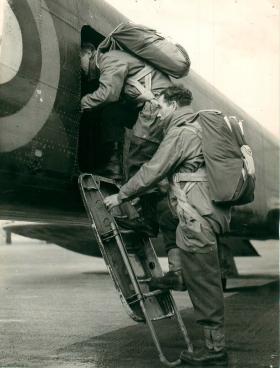
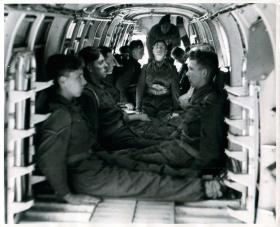
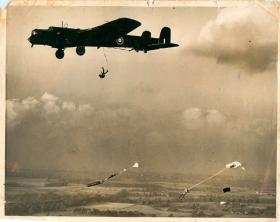
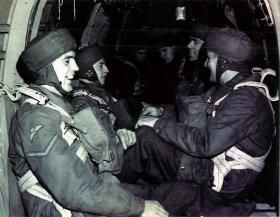
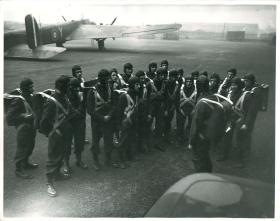
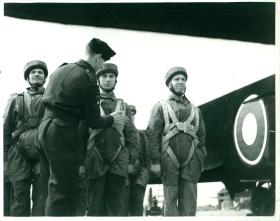
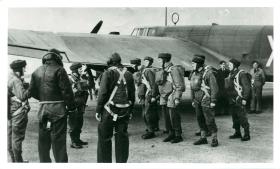
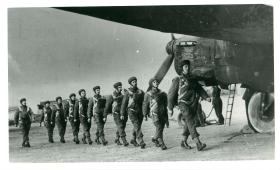
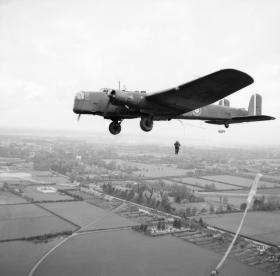
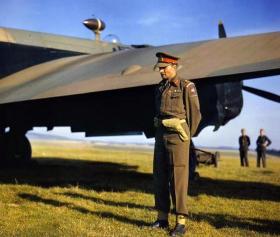
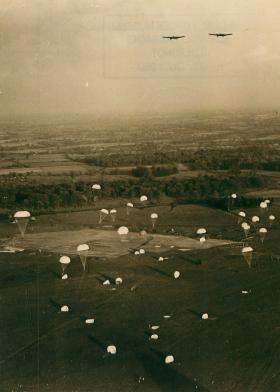
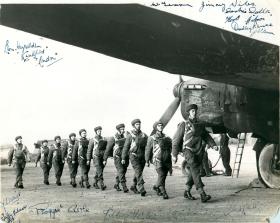
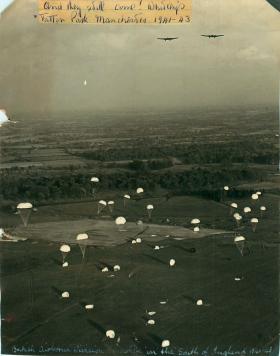
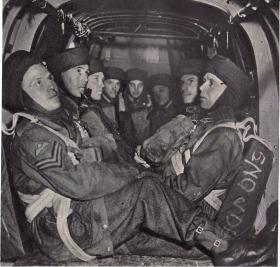
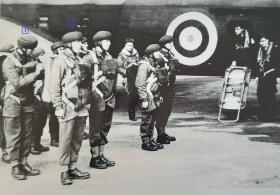
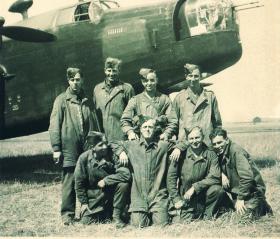
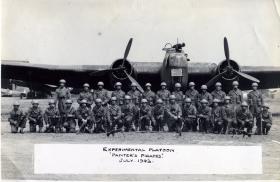
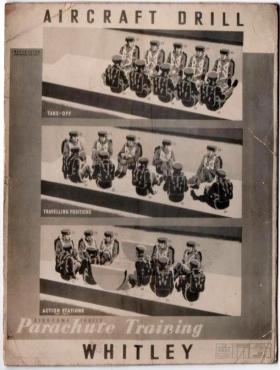
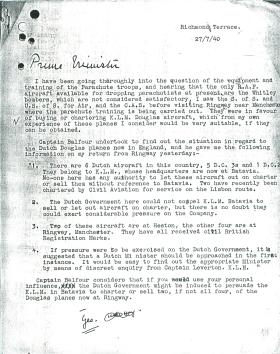
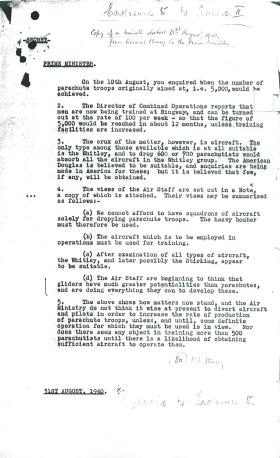
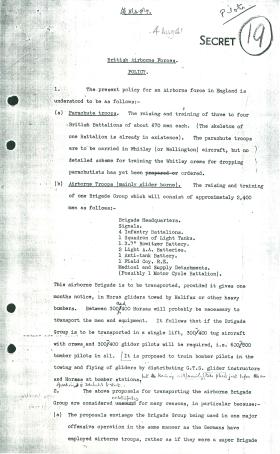
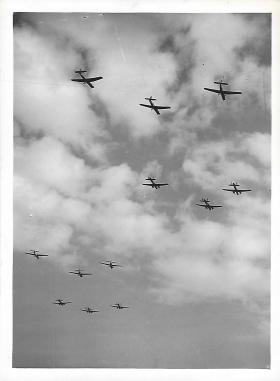
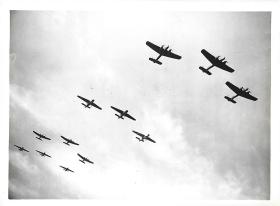
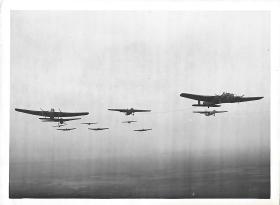
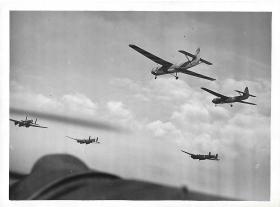
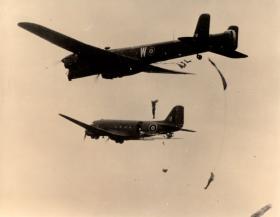
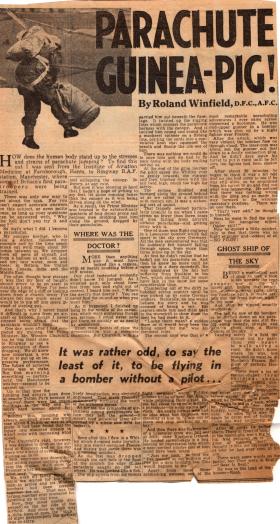




Latest Comments
There are currently no comments for this content.
Add Comment
In order to add comments you must be registered with ParaData.
If you are currently a ParaData member please login.
If you are not currently a ParaData member but wish to get involved please register.